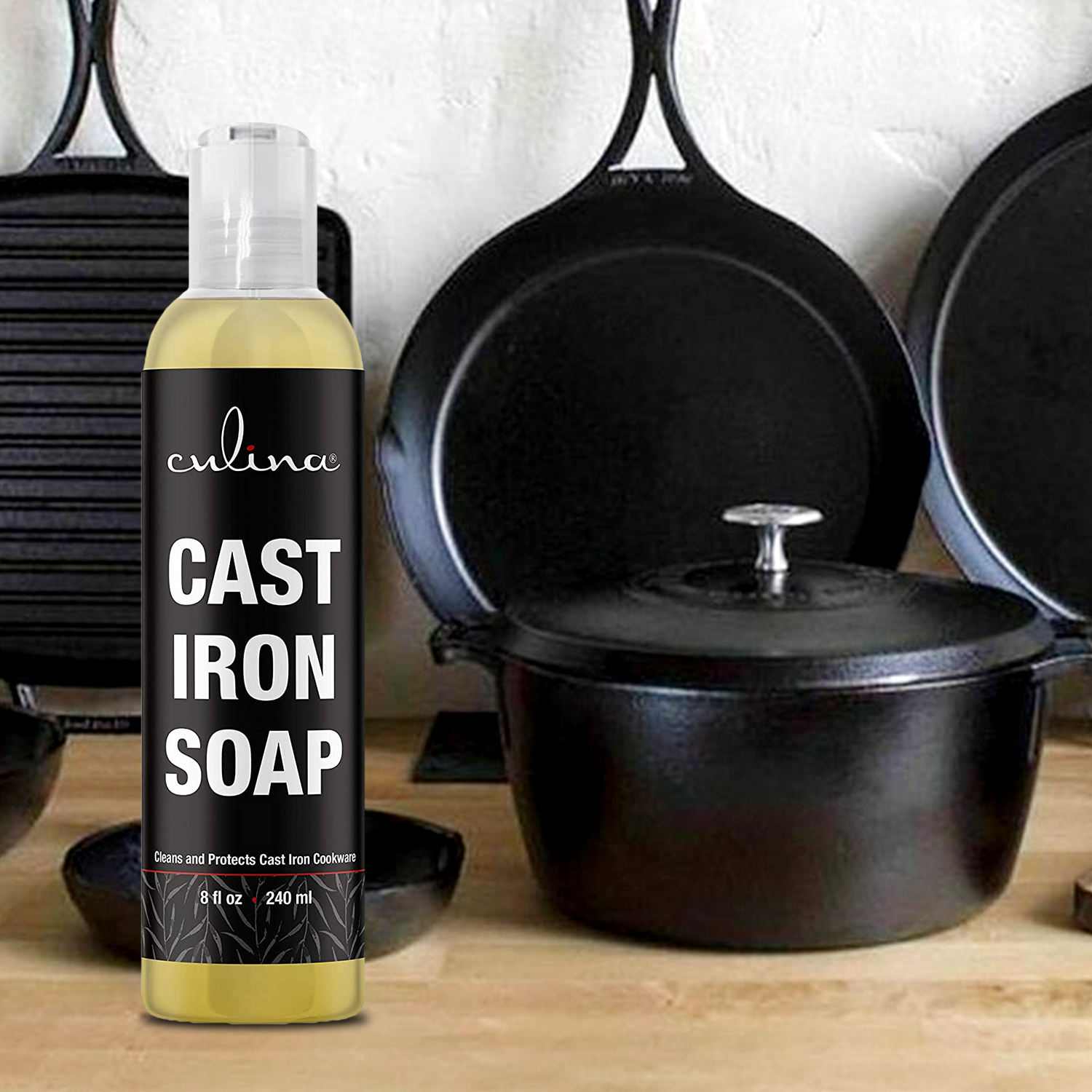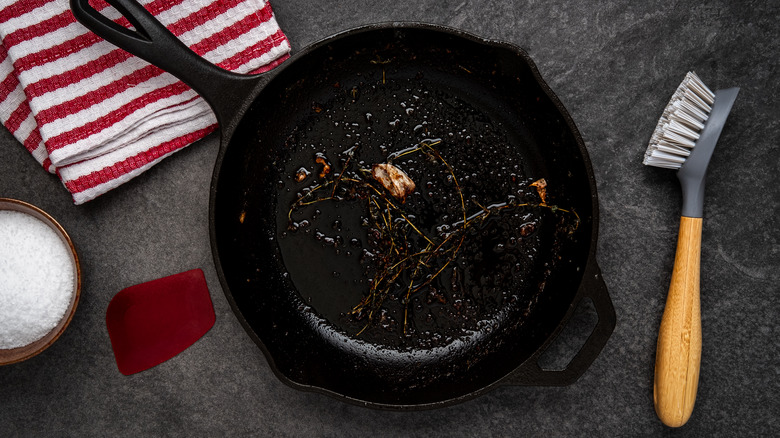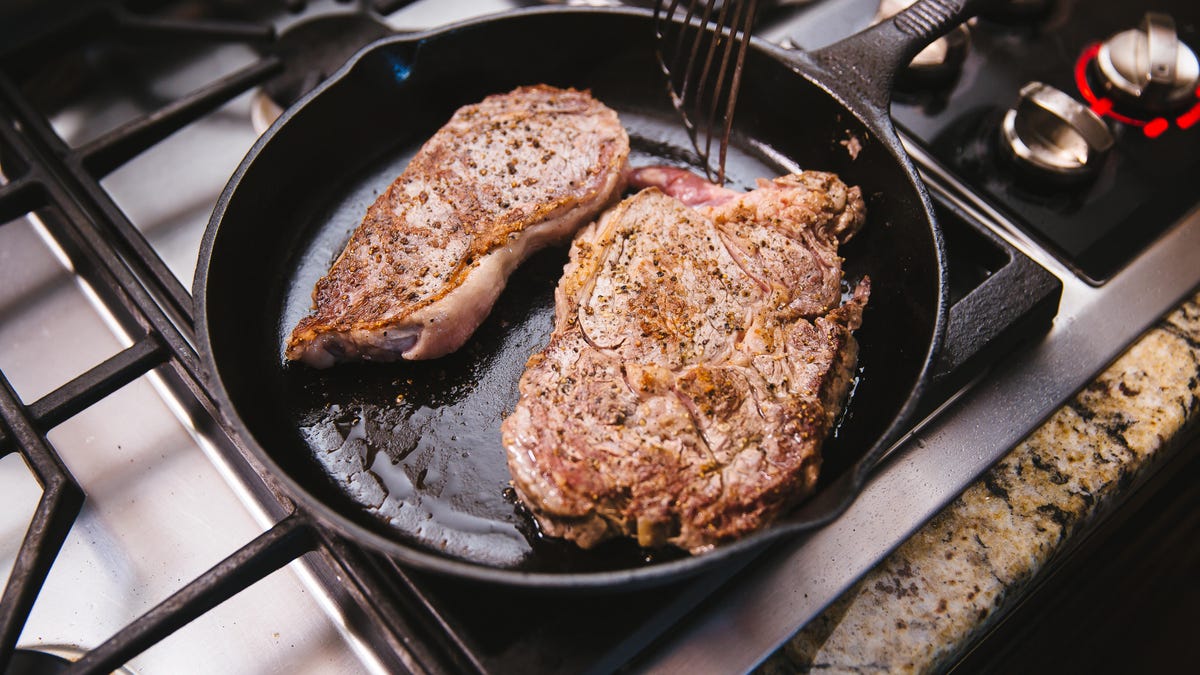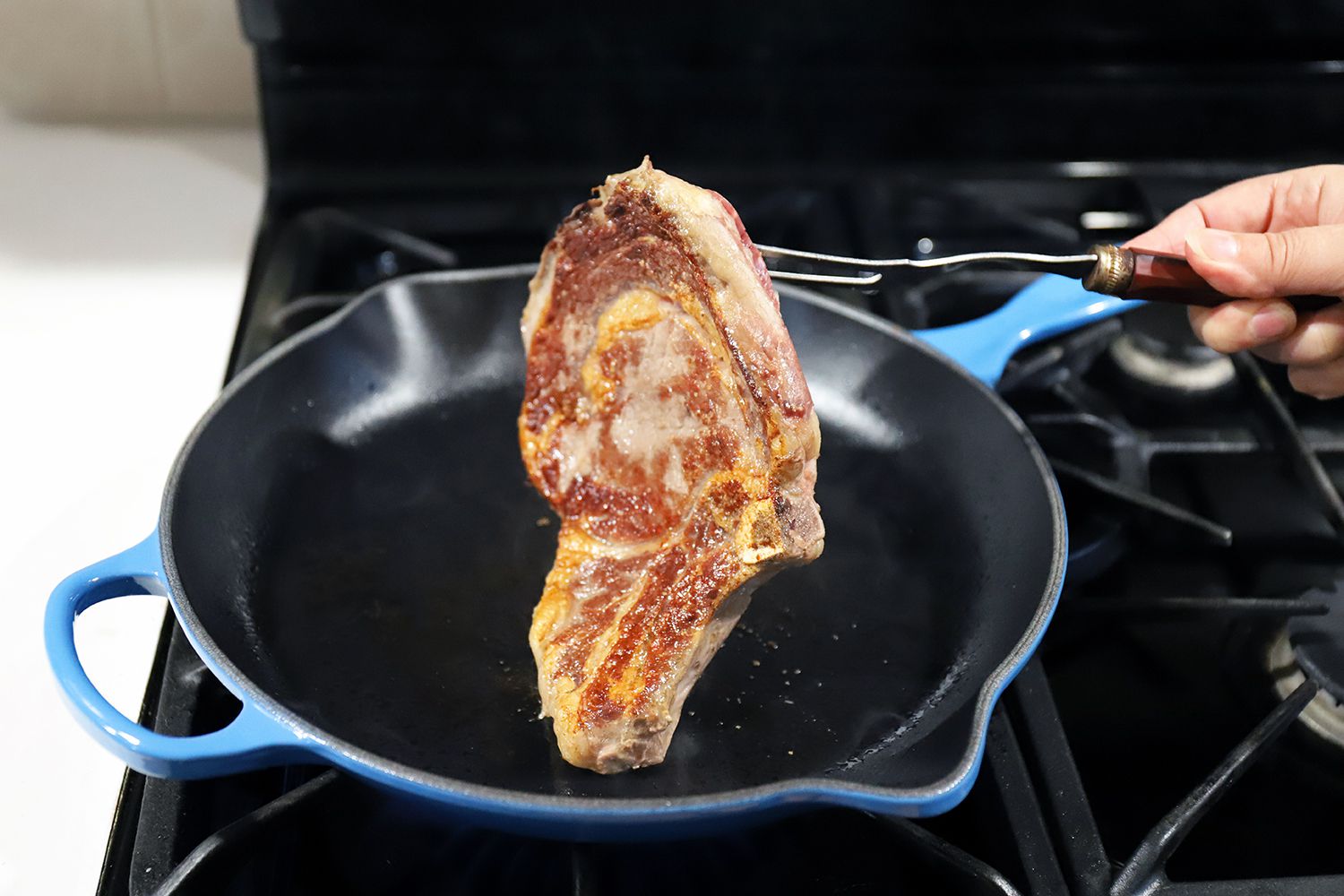The art of cooking a mouthwatering Delmonico steak begins with understanding the process.
For kitchen professionals, mastering this technique can turn an ordinary meal into a remarkable dining experience. This guide covers everything you need to know, including preparation, seasoning, cooking methods, and essential tips.

Understanding the Delmonico Steak
The Delmonico steak is a delicious cut that hails from the rib section and is known for its tenderness and flavor. Before diving into the cooking process, here's a brief overview of what makes this cut so special:
What Makes a Delmonico Steak Special?
- Rich marbling that enhances flavor.
- Remarkably tender, ideal for high-heat cooking.
- Versatile for various cooking methods.

Ingredients Needed
Before cooking your Delmonico steak, gather the following ingredients:
- 1-2 Delmonico steaks
- Salt and freshly cracked black pepper
- High-temperature cooking oil (like canola or avocado oil)
- Butter for basting
- Fresh herbs (like thyme or rosemary) for additional flavor

Preparation Steps
Preparation is crucial for a perfect steak.
Choose the Right Cut
Select 1 to 1.5 inches thick Delmonico steaks. This thickness provides an excellent sear while maintaining tenderness.
Temper the Steak
Remove the steak from the refrigerator at least 30 minutes before cooking to allow it to come to room temperature. This step ensures even cooking throughout.

Cooking the Steak
Step-by-Step Guide to Cooking
Cooking a Delmonico steak in a cast iron skillet offers tremendous results. Here's how:
- Preheat Your Skillet: Heat your cast iron skillet over medium-high heat for about 5 minutes. It should be uniformly hot.
- Add Oil: Once hot, add a tablespoon of your preferred cooking oil.
- Season the Steak: Generously season both sides of the steak with salt and pepper just before placing it in the skillet.
- Sear the Steak: Place the steak down in the skillet away from you to avoid splatter. Sear for about 4-5 minutes until a golden crust forms.
- Flip and Baste: Flip the steak, add a tablespoon of butter and fresh herbs to the skillet, and tilt the pan slightly. Use a spoon to continuously baste the melted butter over the steak for added moisture and flavor.
- Cook to Desired Doneness: Depending on your preference, cook for an additional 4-5 minutes for medium-rare. Use a meat thermometer for precision (130F for medium-rare).
- Rest the Steak: Once cooked, transfer the steak to a plate and cover loosely with foil. Allow it to rest for at least 10 minutes before slicing.
Common Mistakes to Avoid
1. **Skipping the Sear**: Skipping this step can result in a steak lacking flavor.
2. **Overcoming the Roast**: Always allow your steak to rest. This ensures juices redistribute.
3. **Not Using a Thermometer**: To achieve the perfect doneness, always use a thermometer.
Serving Your Steak
After resting, slice your Delmonico steak against the grain. Serve it with sides that complement its flavor, such as roasted vegetables or a fresh salad.
Additional Tips for Kitchen Professionals
For pros in the kitchen, here are a few extra tips to enhance your steak cooking skills.
Experiment with Marinades
Vary your preparations by experimenting with different marinades. Try using a balsamic glaze or a coffee rub to provide unique flavors.
Pairing with Wine
Consider pairing your steak with a robust red wine, like Cabernet Sauvignon, to enhance the overall experience.
Use Quality Tools
Invest in high-quality kitchen tools, especially your cast iron skillet and cutting board, to make cooking easier and more enjoyable.
Clean and Care for Your Skillet
Cleaning your skillet is crucial for longevity. After use, allow the skillet to cool slightly, wipe it down, and avoid using soap. Instead, use hot water and a brush. It is advisable to oil it before storing.
Frequently Asked Questions
1. What is the best temperature to cook a Delmonico steak?
The optimal cooking temperature for a Delmonico steak in a skillet is between 400F to 450F.
2. Can I use a different skillet instead of cast iron?
While cast iron is ideal for high heat, other heavy skillets can work, but they may not retain heat as well.
3. How do I know when my steak is done?
Utilize a meat thermometer; 130F indicates medium-rare. The more well done, the higher the temperature should be.
As an Amazon Associate, I earn from qualifying purchases.






Leave a comment
This site is protected by hCaptcha and the hCaptcha Privacy Policy and Terms of Service apply.